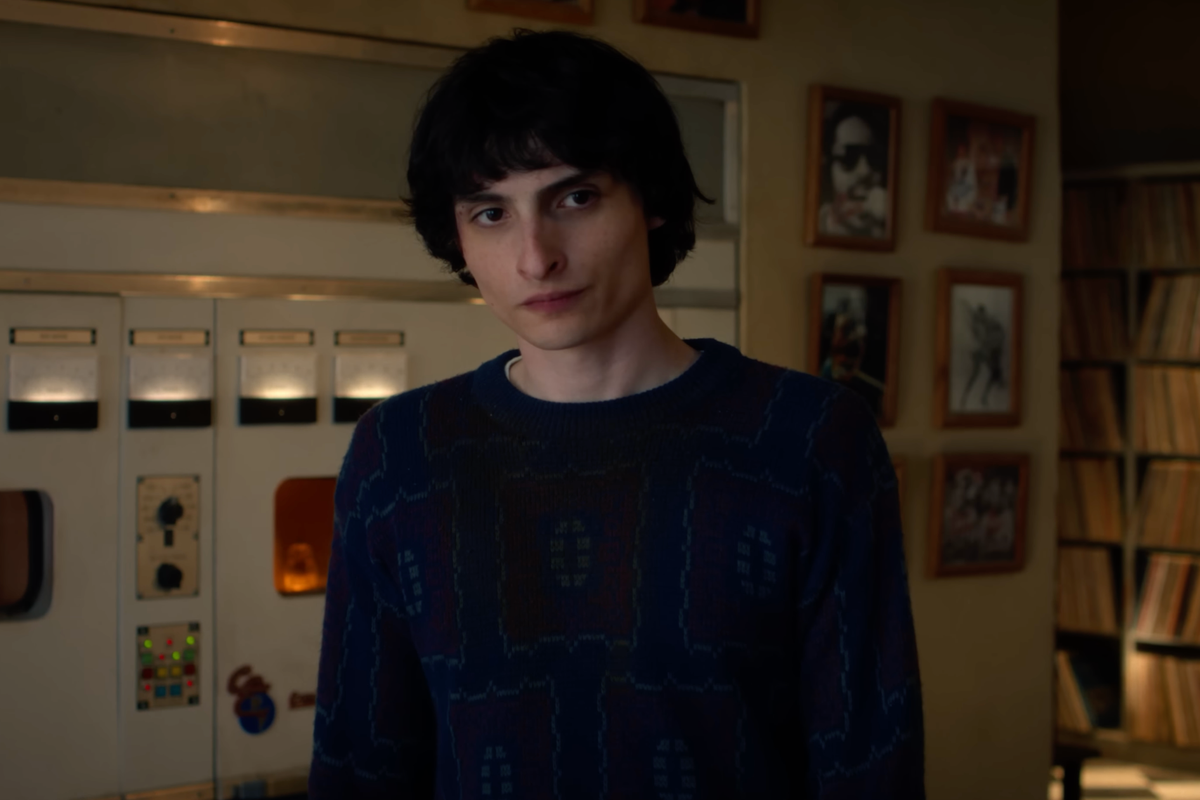News
Greg Evans
Oct 20, 2017

Picture:
John Phillips/Getty Images
It's hard to believe but Harry Potter turns 20 this year.
That's right the boy wizard first entered our world two decades ago, when the first novel The Philosopher's Stone hit the shelves.
Names like Voldemort, Hermione, Hogwarts, Dumbledore and Snape are now fully part of the pop culture vocabulary.
Seven books, nine movies (if you include Fantastic Beasts and Where to Find Them), a stage play and a studio tour has made the Potter universe one of the biggest and most lucrative franchises in history.

Therefore it's amazing to consider that J.K. Rowling's original pitch for the series was turned down by 12 different publishing houses before being picked up by Bloomsbury.
We'd hate to be one of those poor editors that turned the pitch down now.
To celebrate Potter's 20th anniversary, the first page of Rowling's pitch is now on display at the new Harry Potter: A History of Magic exhibition at the British Library in London.
It roughly sets out the initial stages of Harry's world, his life with The Dursleys how he learned he was a wizard and his first interaction with Hagrid. It reads as follows:
Harry Potter lives with his aunt, uncle and cousin because his parents died in a car-crash — or so he has been told. The Dursleys don't like Harry asking questions; in fact, they don't seem to like anything about him, especially the very odd things that keep happening around him (which Harry himself can't explain).
The Dursleys' greatest fear is that Harry will discover the truth about himself, so when letters start arriving for him near his eleventh birthday, he isn't allowed to read them. However, the Dursleys aren't dealing with an ordinary postman, and at midnight on Harry's birthday the gigantic Rubeus Hagrid breaks down the door to make sure Harry gets to read his post at last. Ignoring the horrified Dursleys, Hagrid informs Harry that he is a wizard, and the letter he gives Harry explains that he is expected at Hogwarts School of Witchcraft and Wizardry in a month's time.
To the Dursleys' fury, Hagrid also reveals the truth about Harry's past. Harry did not receive the scar on his forehead in a car-crash; it is really the mark of the great dark sorcerer Voldemort, who killed Harry's mother and father but mysteriously couldn't kill him, even though he was a baby at the time. Harry is famous among the witches and wizards who live in secret all over the country because Harry's miraculous survival marked Voldemort's downfall.
So Harry, who has never had friends or family worth the name, sets off for a new life in the wizarding world. He takes a trip to London with Hagrid to buy his Hogwarts equipment (robes, wand, cauldron, beginners' draft and potion kit) and shortly afterwards, sets off for Hogwarts from Kings Cross Station (platform nine and three quarters) to follow in his parents' footsteps.
Harry makes friends with Ronald Weasley (sixth in his family to go to Hogwarts and tired of having to use second-hand spellbooks) and Hermione Granger (cleverest girl in the year and the only person in the class to know all the uses of dragon's blood). Together, they have their first lessons in magic — astronomy up on the tallest tower at two in the morning, herbology out in the greenhouses where the...

Although there is nothing dramatically different about this synopsis, it's staggering to think that it took Rowling so long to get the idea accepted.
Other features of the exhibition include original sketches and drafts, deleted chapters, Rowling's list of teachers and subjects and the tombstone of Nicolas Flamel, a real historical figure who features in The Philopsher's Stone.
On the exhibition, Business Insider quote Rowling as saying:
The British Library has done an incredible job.
Encountering objects for real that have in some shape or form figured in my books has been quite wonderful and to have several of my own items in the exhibition is a reminder of twenty amazing years since Harry was first published.
The exhibition runs from 20 October to 28 February 2018.
Top 100
The Conversation (0)













